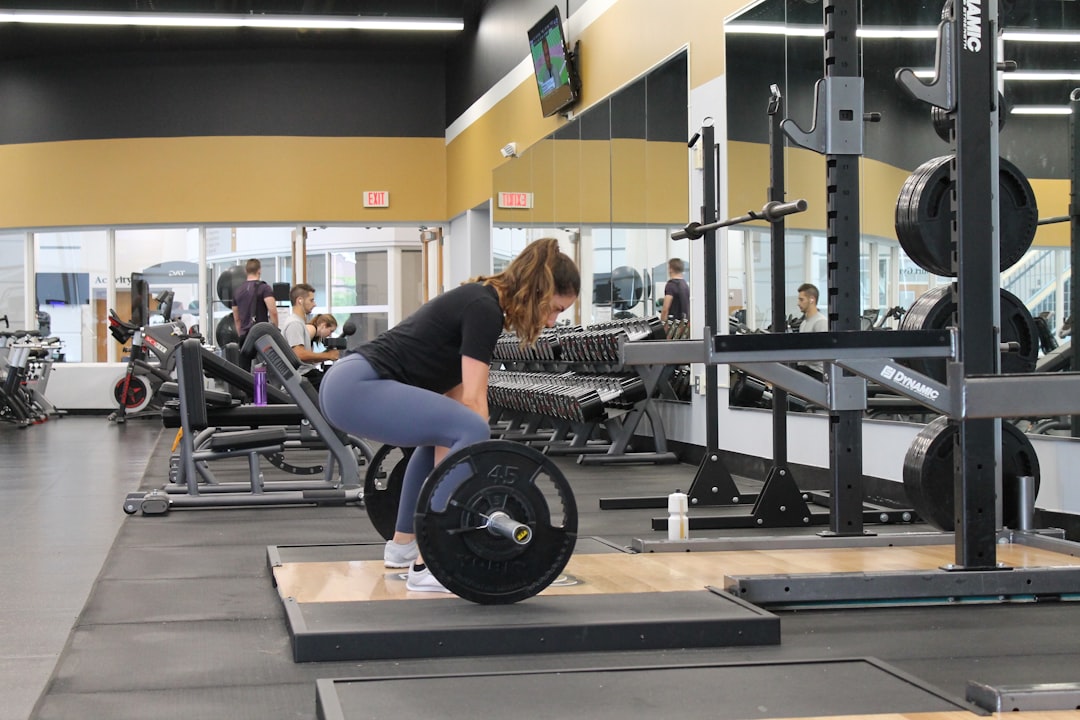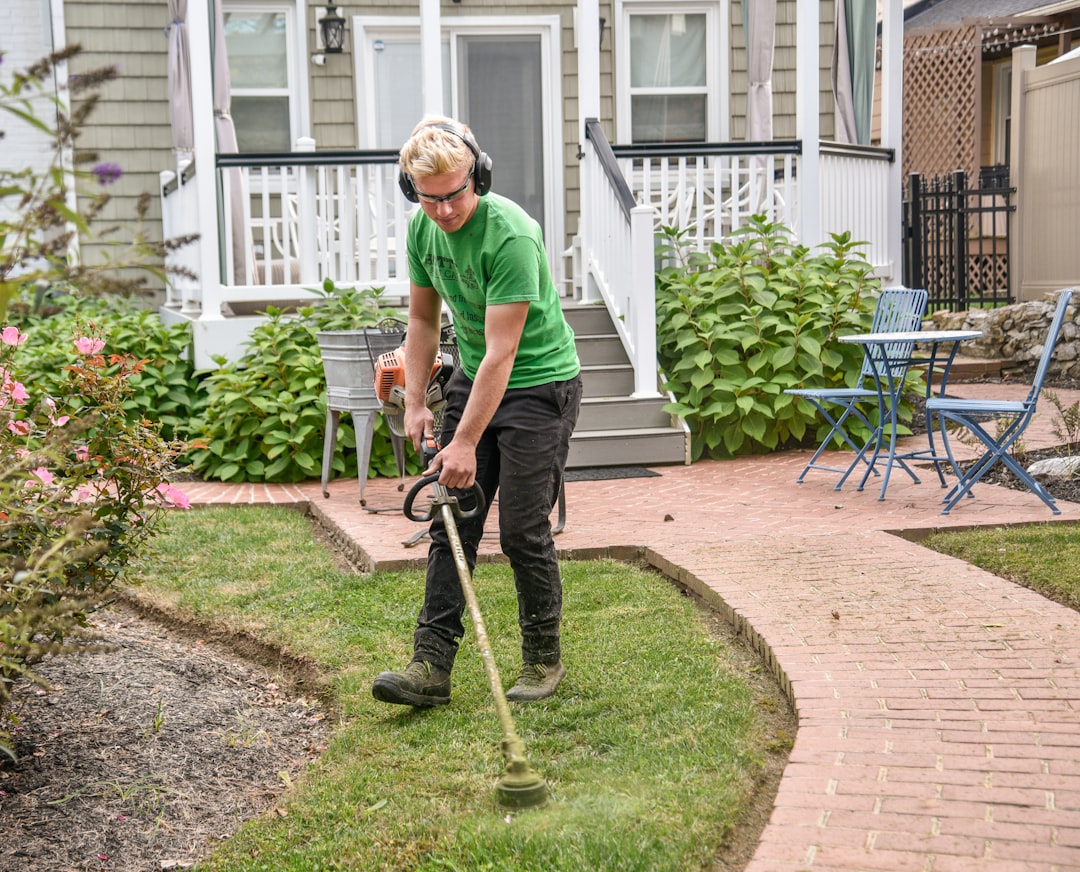8 Considerations For Your Student-Athletes' Summer Training Programs.
When it comes to summer/off season training for high school & college athletes, more is not better. Understanding the demands upon them go a long way to helping them be at their best.
As the calendar moves from May to June, thousands of high school and college athletes are preparing for their athletic seasons with summer training.
Some are playing in summer leagues as part of that training (this is common in lacrosse, soccer, baseball, basketball, volleyball to name a few), others are going through a couple of months in preparation for the fall season.
Most have summer jobs and many are taking courses to boot.


Work + school + training. It makes for a full schedule. Prep training programs for student-athletes must factor in this perspective for them to be productive, especially when you consider many of the jobs are physical in nature.
It is common that returning students bring a program home, or incoming freshman have one provided from their new coach. These programs are often quite detailed and extensive, some up to 6 days per week. Therein lies a major problem.

The level of complexity that student athletes are being asked to follow combined with the volume turns productive preparation into destructive wear and tear. This leads to fatigue heading into the fall and increased chance of injury. If the student-athlete comes to school tired and worn down, everything they have worked for will suffer.
When we look at the big picture, it becomes clear that many will feel the burden of adhering to such a schedule.
In our case at home for example, our college athlete has a full-time job, plays summer ball and is taking 2 courses. A full training schedule on top of that would be too much, especially when his job required he be on his feet all day every day, with lots of lifting and moving heavy stuff. This job is his training program, and physical recovery from the workday becomes the priority.
Here are 8 considerations for coaches, athletes and parents for summer/off season training programs.
1. Focus on the why. Summer training programs are designed to prepare the athlete for the demands of competition. Gains are made during recovery, not during workouts. The goal is for the athlete to come to the fall semester at their best.
2. Consistency beats complexity. A program with exercises the athlete is not familiar with, that go beyond 30-45 minutes a session reduces the chance of compliance and is counter productive to the why. Do you really want your student athlete trying to figure out what the exercise is or googling for proper description and form? Risk of injury goes up in that case.
Consistency in any training program is the key ingredient. Simplifying the program becomes the priority to give the student-athlete the best chance of success.
Unfortunately, too many coaches put together programs highlighting how much they know, rather than the perspective and workload of the athlete.
3. Conditioning tests can be evil. The student-athlete knows of the conditioning test upon return to school, and that is an over focus on summer training. All out conditioning, depending on the demands of the sport, should not be big time commitment (1-2 times per week max), and should be easy on the body. 100 yards sprint tests 4x per week for an athlete who is on their feet all day in a high impact sport is counter productive to preparation.
4. High risk exercises are also counter productive. High risk is defined as an exercise the student-athlete is not familiar with or doing 1 repetition max training too often. Less can go wrong with bilateral training that includes a focus on speed of movement/explosiveness with less resistance.
5. Supervised workouts are better than not. If this is possible, supervised with a qualified strength and conditioning coach is ideal for summer workouts. If this is not possible, then the simplicity rule of thumb takes precedence. Simplicity is defined as exercises the student-athlete is very familiar with and has been coached on.
6. Don’t over emphasis speed and cone drills. Many coaches seem to fall in love with too many cone drills. If speed training is important: 2-3x per week program in 2x 10yard sprints per session. Done.
7. Less is more. For busy student athlete during the summer: strength 2 simple total body workouts are enough. Conditioning can be tagged to those for the last 10-15 minutes. The rest should be mobility, recovery (foam rolling and massage) and rest.
Sample program guidelines?
A solid warm up, a jump/throw paired with functional core superset, pull/squat superset, push/hinge/core circuit for 3 sets of 6-10 each repetitions is plenty. 45 minutes tops. See more examples below.
8. Speaking of rest, sleep and nutrition are king. Very few of the programs I have seen over the years mention getting 8-9 hours a night of sleep as critical or anything about quality nutrition. It is worth mentioning again: gains are made during recovery. The best form of recovery is via sleep and good nutrition. Loading up on late nights and sugar sabotage all the good work being done during preparation phase workouts.
The above considerations should be factored into in season programming as well.
Programming and preparation are an opportunity to help the student-athlete, that seems to be lost in much of todays summer/offseason training.
In summary, consistency over complexity with the student-athletes’ perspective in mind makes for the best prepared for the upcoming demands of school + sport.
How simple can a warm up, recovery and workout be with minimal equipment?
These are a couple of videos filmed during the pandemic for athletes of all ages.


